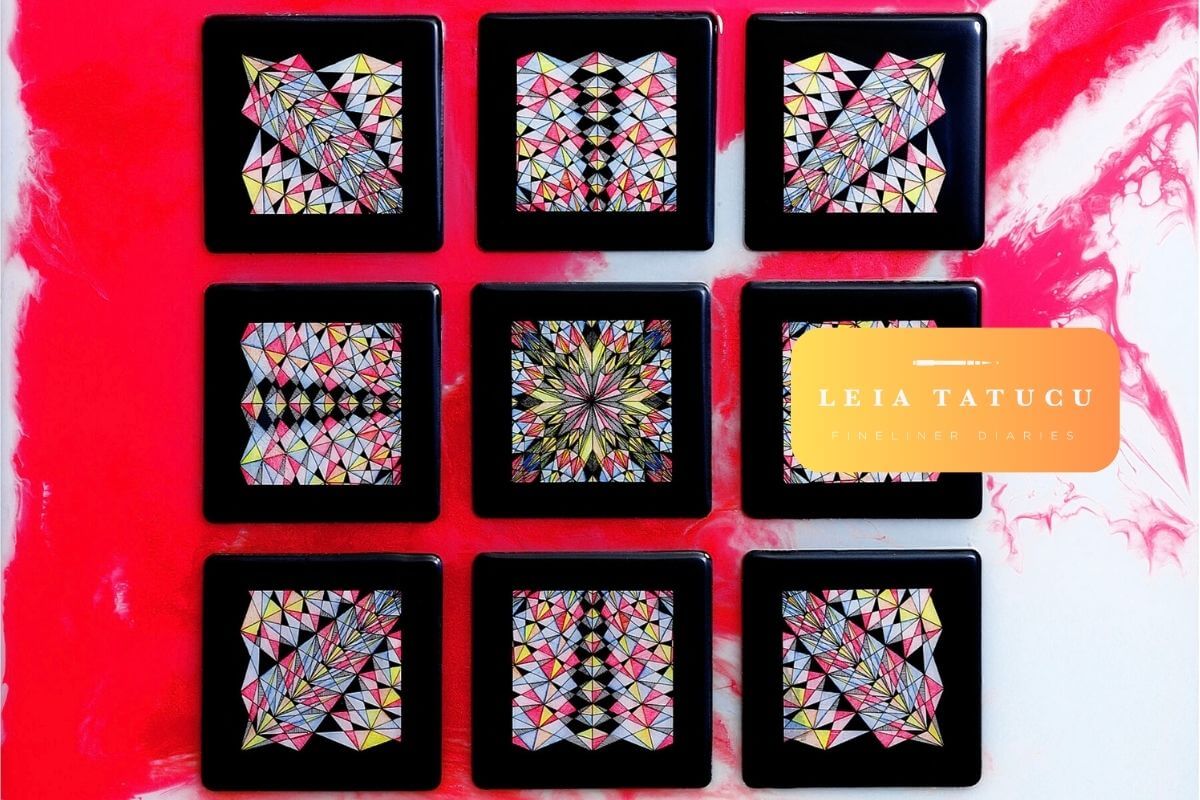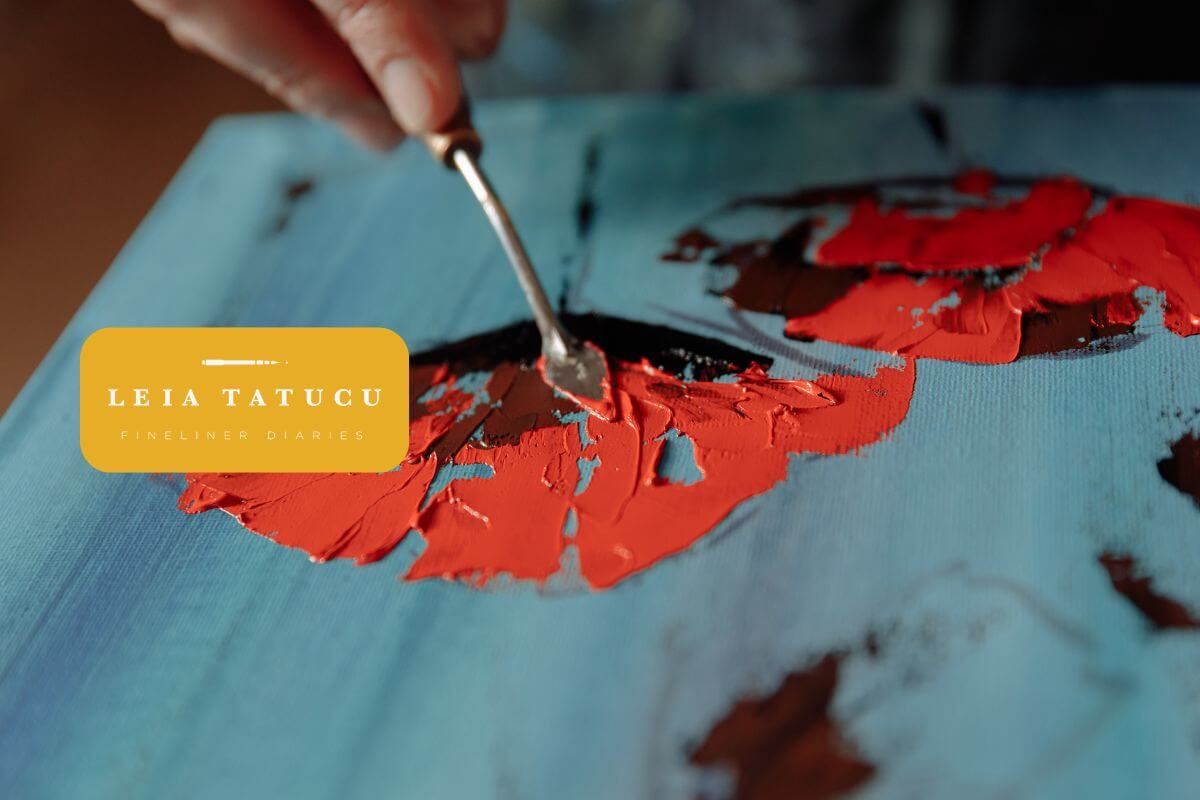
Shaping Creativity: How to Design an Inspiring Creative Space
Artists and creatives often draw inspiration from their surroundings. Where you work, and how you design your creative space, plays a pivotal role in shaping the art you make. Whether you’re sketching, painting, sculpting, or simply conceptualizing ideas, your environment can either fuel your imagination or stifle it.
If you’ve been feeling uninspired lately, it might be time to reassess your creative space. This post delves into the ways your environment influences creativity and provides practical tips for designing a space that enhances focus and ignites imagination—regardless of your resources or physical constraints.
Why Your Environment Matters
Think of your creative space as an extension of your mind. When it’s cluttered, overwhelming, or uninspiring, it can cloud your thoughts and block your creative flow. Contrast this with a space curated specifically for your needs as an artist. A well-thought-out environment can act as a muse, helping you channel your energy into your work.
Creative environments don’t just impact focus or productivity; they also influence the mood and emotion embedded in your art. For example, you might find that working near a sunny window adds warmth to your paintings, or that a minimalist studio allows you to concentrate on intricate details in your drawings.
Twelve years ago, when I moved to Germany, I didn’t have a proper workspace in my first apartment. But as soon as I picked up drawing again, I started creating small spaces dedicated to my art. I carved out a little corner where I could leave the drawing I was working on and the fineliner I needed for it. That simple setup was enough to help me step into the creative mood and find my flow.

5 Tips to Design a Space That Ignites Creativity
No matter where you are or the resources available to you, small changes to your environment can make a big difference. Here are some actionable tips for designing or finding a space that fosters creativity:
1. Choose a Space That Energizes You
Every creative’s preferences differ. Ask yourself, do you thrive in quiet solitude, or does the buzz of a café help ideas flow? Maybe nature’s serenity sparks something within. Identifying an environment that aligns with your energy is the first step to cultivating creativity.
2. Harness Natural Light
Lighting is everything. Natural light boosts serotonin, improves focus, and inspires brighter, more joyful creations. If possible, work near a window or in an open, well-lit space. For nighttime creatives, lamps that mimic daylight are a fantastic alternative.

3. Declutter Your Space
A cluttered environment can reflect a cluttered mind. Clear your workspace of unnecessary items, and keep only the tools or objects that inspire you. Organized chaos can work, but it shouldn't feel overwhelming.
4. Personalize for Inspiration
Surround yourself with items that motivate and excite you. This could be artwork, plants, vision boards, or even a favorite book. In both my home workspace and studio, I’ve adorned the walls with framed early drawings and older resin creations. When I work, I like to surround myself with past pieces—they serve as constant reminders of the joy and fulfillment that art brings to my life.

5. Experiment with Color Psychology
Colors affect mood. Blues and greens are calming, yellows spark ideas, and reds energize. Play around with accents like wall art, desk objects, or even your wardrobe to infuse your space with the colors that work best for you.
The Connection Between Environment and Artistic Freedom
It’s important to note that cultivating the right space doesn’t always mean having a dedicated studio or a sprawling workshop. Many remarkable works have been created on dining tables or in the corners of apartments. What's essential is fostering a mindset of artistic freedom.
Balancing creative pursuits with a full-time job in a different field hasn’t always been easy for me. However, I’ve discovered that carving out small moments of peace and fulfillment—especially during busy workdays or times of transition—brings purpose to my art. Often, I spend my lunch breaks sketching or drawing on my iPad or in my sketchbook. But rather than starting from scratch, I typically work on ideas I’ve already developed in my home workspace. This allows me to focus on refining and completing the piece without rethinking the concept. It’s a way to let go, take a breather, and reconnect with my creativity amidst the hustle of the day.

Creating a Community of Creativity
Your environment isn’t just physical; it’s also emotional and social. Surrounding yourself with other creatives fuels your imagination and offers fresh perspectives. Find local meetups, online communities, or even art fairs to connect with like-minded individuals.
At Fineliner Diaries, we deeply believe in the collective power of artistic expression. Art connects us all, and being part of a community reminds us that we’re not alone in our creative journeys.

Final Thoughts
Creating a workspace that encourages creativity involves more than just aesthetics; it’s about designing a space that allows you to explore, express, and innovate effectively. The smallest details, such as how sunlight streams into your workspace or how your tools are organized for easy access, can play a significant role in fostering inspiration.
If you’re struggling to connect with your work or looking for ways to regain your creative spark, consider reevaluating your surroundings. Adjust and experiment until you find an arrangement that truly supports your creative process.
I'm always eager to learn from others—what are your tips for designing a productive creative space? Visit the Fineliner Diaries blog for more practical advice and ideas to help you refine your workspace and bring your artistic vision to life.





Leave a comment
This site is protected by hCaptcha and the hCaptcha Privacy Policy and Terms of Service apply.